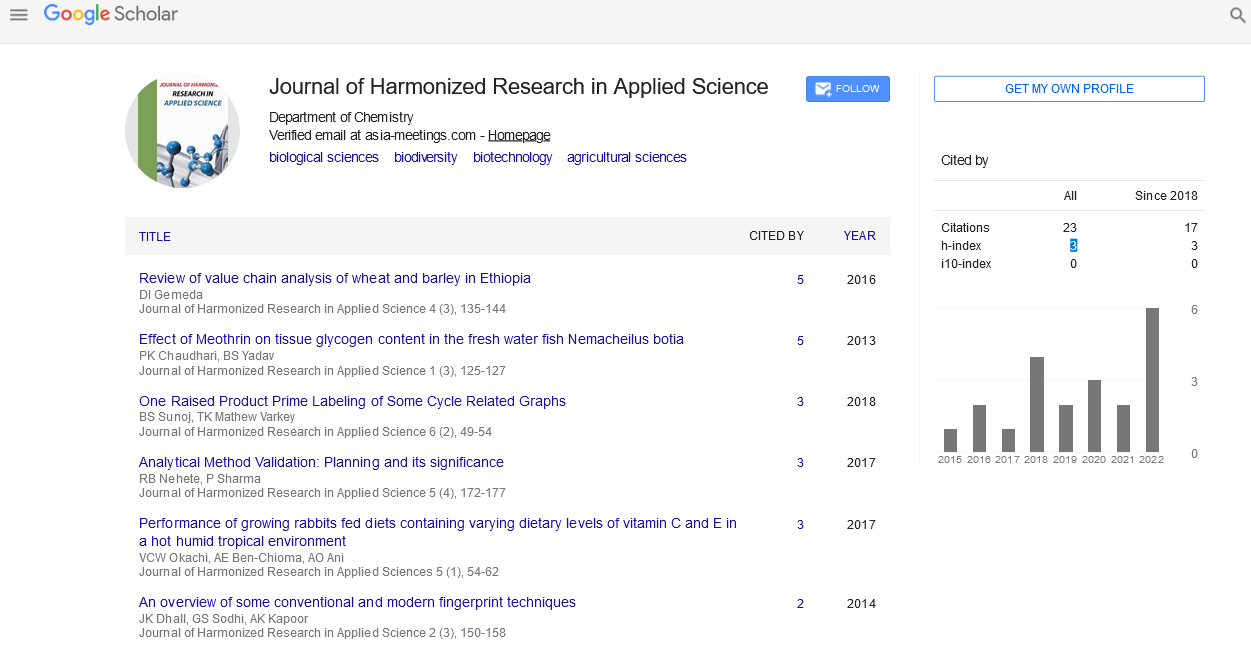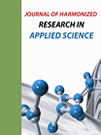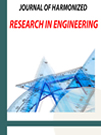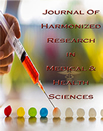REVIEW ON BIOMASS YIELD DYNAMICS AND NUTRITIONAL QUALITY OF ALFALFA (MEDICAGO SATIVA)
Abstract
Author(s): Mekuanint Gashaw
Ethiopia endowed large number of livestock population despite less profit from the sector because of poor nutrition among others factors. In Ethiopia the common feed sources for livestock particular ly beef and dairy cattle is natural pasture and crop residue, which is poor in quality unless supplemented by cultivated legumes like alfalfa. Most of legume forages are a protein source in livestock nutrition and of which, those homegrown feeds make farmers less dependent from the purchase of other protein source. Alfalfa is one of the most important forage crops worldwide due to its high forage quality, yield, and adaptability to different climatic conditions. There are numerous cultivars of alfalfa, selected for specific abilities, such as winter hardiness, drought resistance, tolerance to heavy grazing or tolerance to pests and diseases. Growth stage, cut number, leaf to stem ratio, moisture conditions at harvest and processing method are the most important causes of variation for yield of alfalfa. Decreasing protein content is a dilution effect related with the decreasing leaf to stem ratio; the leaves have stable protein content and their protein level is much higher than the protein content in stems. Cultivars and their genetic characteristics crucially determine the volume and stability of yield, as well as the quality of alfalfa forage. With increasing maturity, plant structural carbohydrates, as measured by the ADF and NDF fractions, increase. These fiber fractions represent the more indigestible parts of the plant. As a result, digestibility and energy obtained through fermentation decrease with maturity. Relative feed value (RFV) has been used for years to compare the quality of legume and legume/grass hays and silages. Abbreviation: ADF= Acid detergent fiber, NDF= Neutral detergent fiber, RFV= Relative feed value Key words: Alfalfa, Leaf and stem yield, chemical composition










